Nuclear power generating capacity in China is expected to continue increasing in the coming years with its share in the country's energy mix set to keep climbing, according to an industry report.
China is expected to further expand its installed nuclear power capacity, which will account for 10 percent of China's total power output in 2035, up from 5 percent in 2021 and equivalent to reducing 900 million metric tons of carbon dioxide, according to a blue book — China's Nuclear Energy Development 2024 — released by the China Nuclear Energy Association on Monday.
The share of nuclear power generation is expected to reach 18 percent by 2060, which is similar to the current average level for members of the Organisation for Economic Cooperation and Development (OECD), it said.
The Chinese government has been implementing an active, safe and orderly development of nuclear power in recent years, with the scale and pace of nuclear power development entering a new normal, Zhang Tingke, vice-chairman and secretary-general of the China Nuclear Energy Association, said on Monday.
According to the blue book, China's nuclear power generation has continued to grow over the past few years, and future power supply growth will come mostly from non-fossil energy sources amid its green energy transition.
Nuclear power generation in China reached 433.37 billion kilowatt-hours last year, ranking second worldwide and equivalent to reducing the burning of standard coal by more than 130 million tons compared with coal-fired power generation, it said.
In 2023, China's nuclear power projects under construction steadily advanced, with five new nuclear power units launching construction. The investment in nuclear power construction was 94.9 billion yuan ($13.11 billion) last year, the highest level in five years, it said.
According to CITIC Securities, the accelerated approval of nuclear power projects is expected to lead to the growth of China's related industry chain, further facilitating the country's goal of reducing carbon emissions sooner than planned.
It estimates that the value of investments in new nuclear power plants will hit 231 billion yuan by 2025.
Nuclear power is seen as a carbon-free low-cost alternative in China's energy transition, and its role has become increasingly important in recent years, said S%26P Global Commodity Insights.
China's energy policy is leaning toward strong growth in nuclear, in line with several European countries where it has assumed greater importance with the diversification from Russian oil and gas, it said.
S%26P Global Commodity Insights projects the share of nuclear power to be higher in the generational mix of coastal provinces at 15 percent in 2035, up from 11 percent in 2021, while China's nuclear generation capacity will reach 145 gigawatts in 2035, more than double the 2025 target level.
In China's latest 14th Five-Year Plan (2021-25), the government has called for nuclear generation capacity expansion to 70 GW in 2025.
According to the blue book, China continues to lead the world in the number of nuclear power units under construction at 26. Total planned installed capacity of 30.30 GW is currently under construction, ranking tops worldwide, it said.
Wang Shoujun, president of the Chinese Nuclear Society, said after more than 30 years of development, China has risen from being a novice to a pioneer in the nuclear power industry.
The country's nuclear power industry has witnessed huge progress in localizing nuclear technology, including its third-generation Hualong One pressurized water nuclear reactor design — a Chinese reactor with full proprietary intellectual property rights — which is also one of the most widely accepted third-generation nuclear power reactors in the market, Wang said.
The country has also been consistently pushing forward research and development of large advanced pressurized water reactors and high-temperature gas-cooled reactors, with numerous technological breakthroughs in onshore commercial modular small reactor construction as well as numerous advanced nuclear energy systems, Wang added.











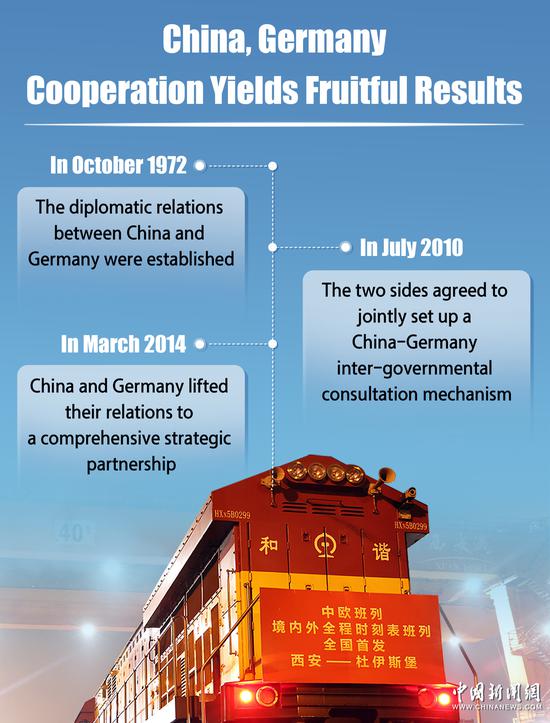










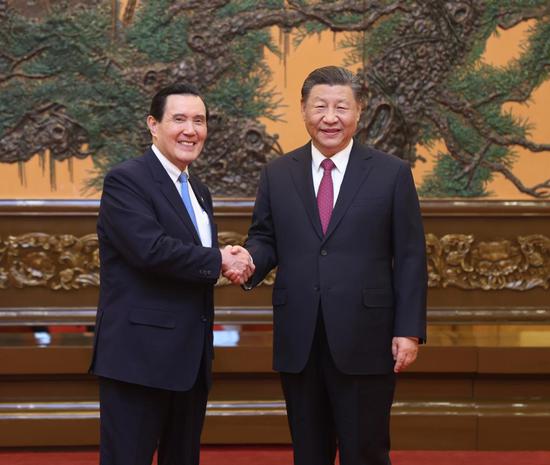




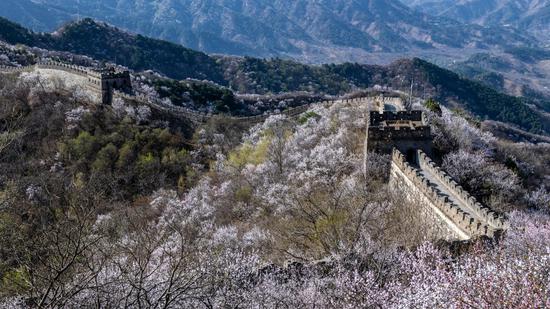



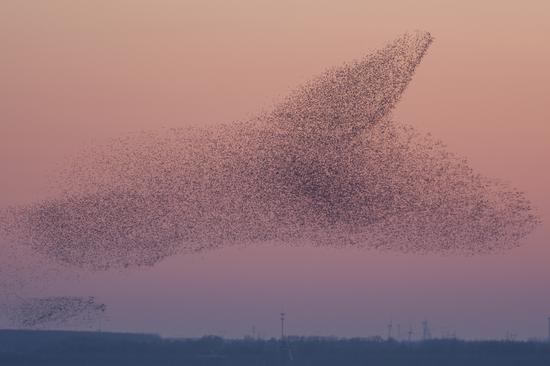


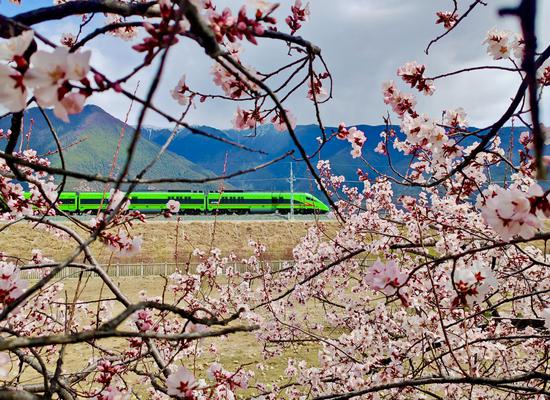



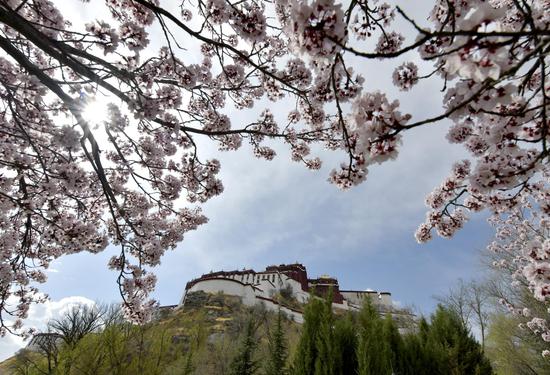




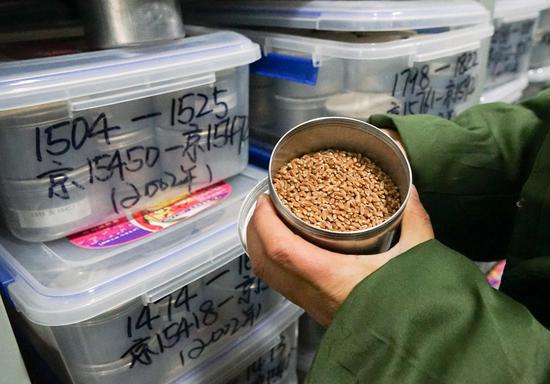
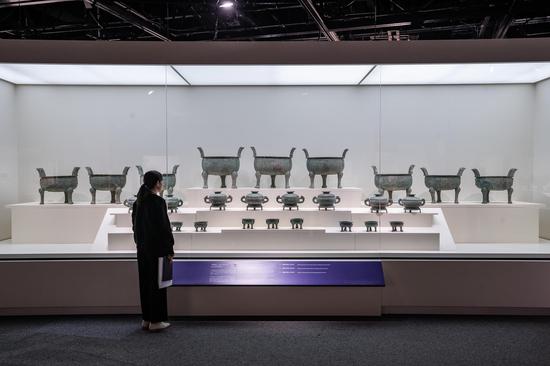





 京公网安备 11010202009201号
京公网安备 11010202009201号